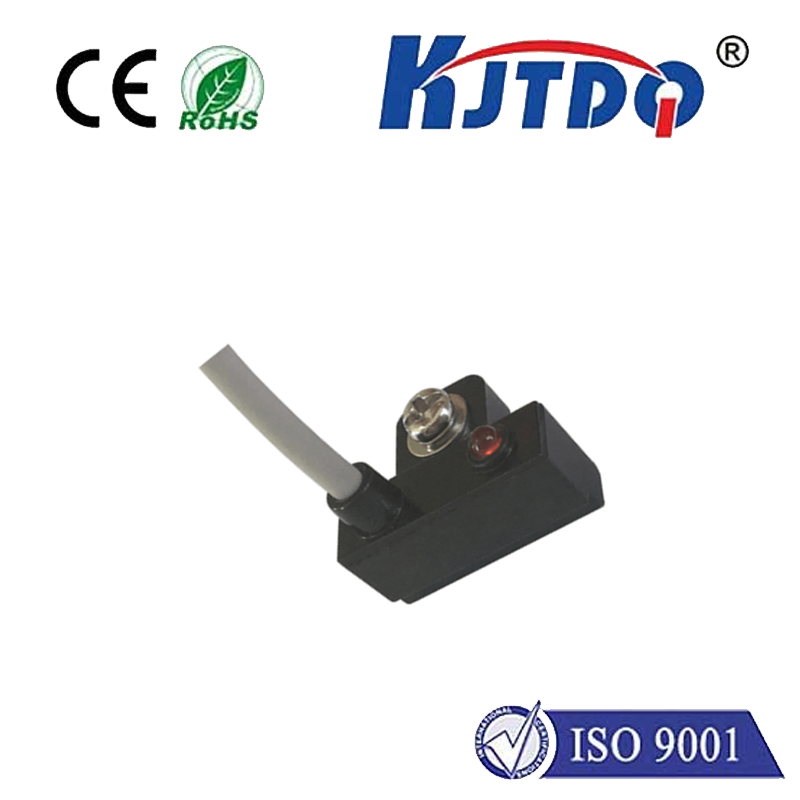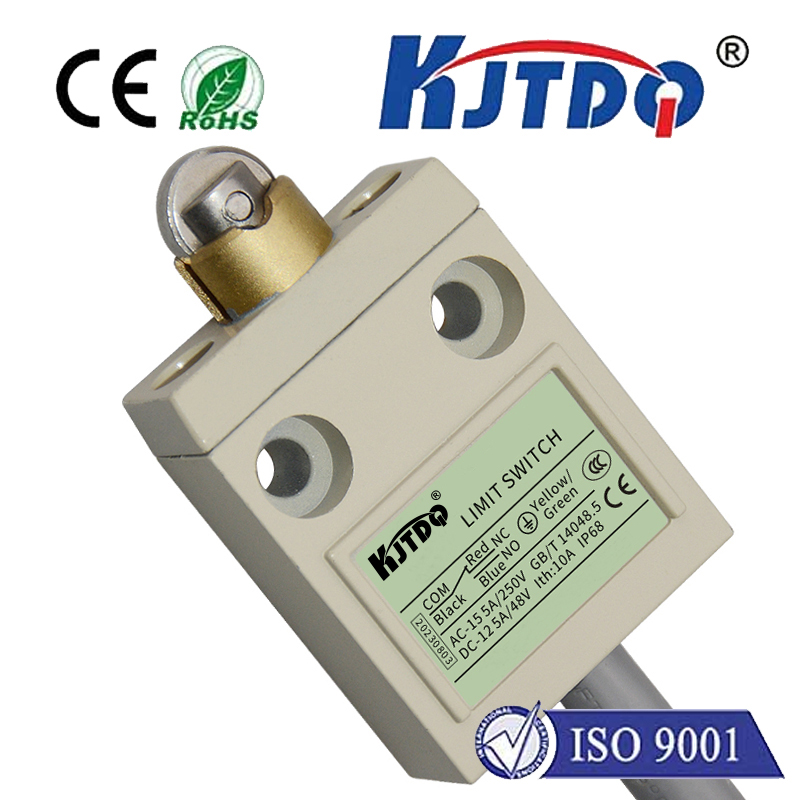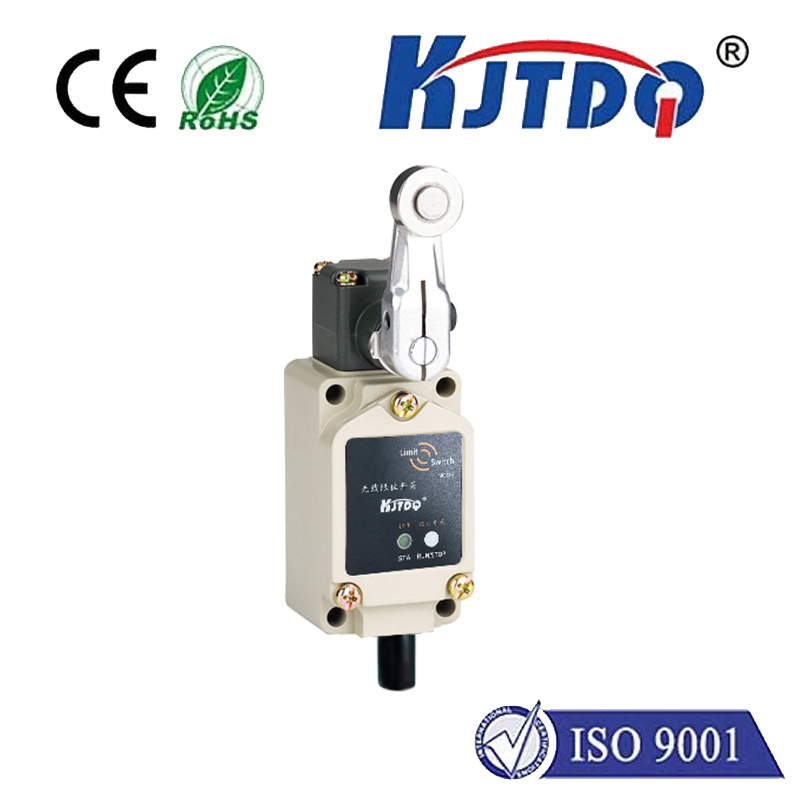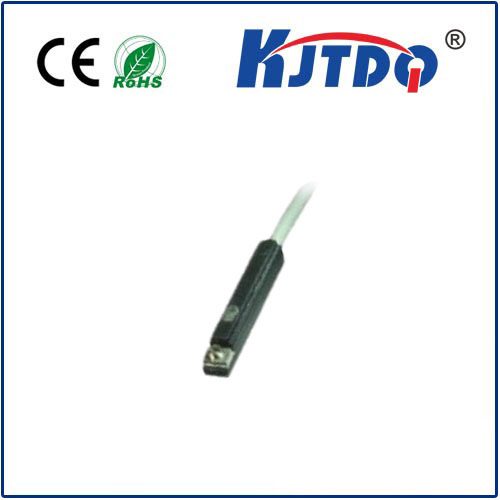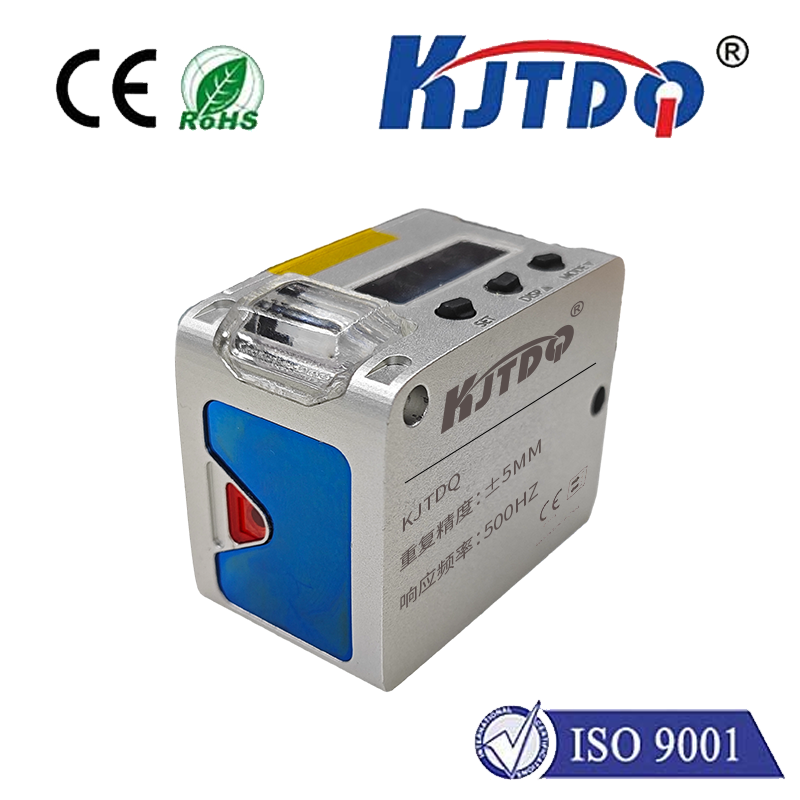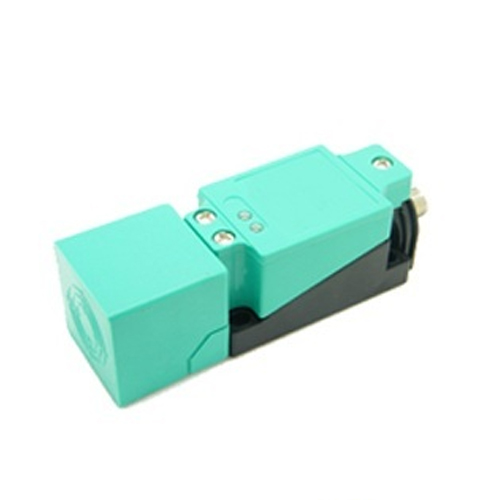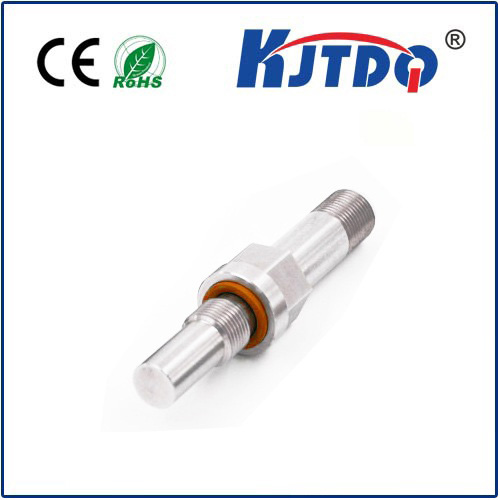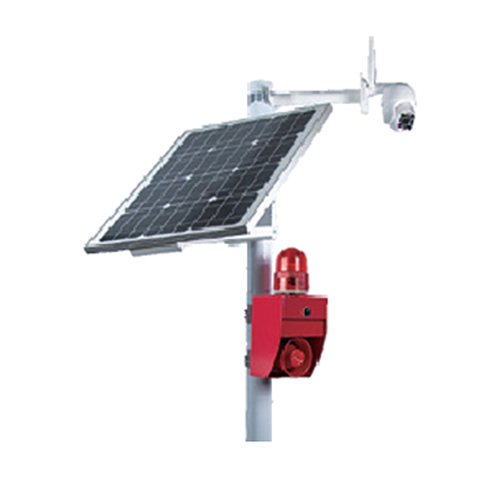

check

check

check

check

check

check

check

check

check

check
Title: Understanding the 12 Volt Actuator with Limit Switch
Introduction:
Actuators are mechanical devices that convert electrical energy into linear or rotary motion. A 12 volt actuator is a specific type of actuator designed to operate at a low voltage of 12 volts, making it ideal for use in applications where higher voltages could present safety risks or compatibility issues. Incorporating a limit switch further enhances the functionality of a 12 volt actuator by providing control over the range of motion and preventing damage due to overtravel. In this article, we will explore the features and benefits of a 12 volt actuator with a limit switch.
Features of a 12 Volt Actuator:

A 12 volt actuator typically consists of an electric motor, gearbox, and output shaft. The electric motor provides the power, while the gearbox reduces the speed and increases the torque to meet the requirements of the application. The output shaft connects to the mechanism being moved, such as a door, window, or valve. The actuator's design ensures efficient operation at a low voltage level, reducing the risk of electrical hazards and making it suitable for use in vehicles, boats, and other portable equipment.
Importance of a Limit Switch:
A limit switch is a crucial component that works in conjunction with the actuator to control its movement within defined parameters. It detects when the actuator has reached its preset limits and sends a signal to stop further motion, preventing potential damage from overextension or compression. This feature is particularly useful in automated systems where precise positioning is required, such as robotics, industrial machinery, and home automation projects.
Benefits of Using a 12 Volt Actuator with Limit Switch:
The combination of a 12 volt actuator and a limit switch offers several advantages. Firstly, it provides a cost-effective solution for controlling motion in various applications without the need for high-voltage components. Secondly, it ensures safety by preventing accidental overtravel that could lead to mechanical failure or injury. Thirdly, it allows for accurate positioning of mechanisms, improving the overall performance and reliability of the system.
Applications:
A 12 volt actuator with a limit switch can be used in numerous applications across different industries. For example, it can control the opening and closing of windows and doors in cars, boats, and RVs. In the manufacturing sector, it can regulate the movement of conveyor belts, assembly lines, and packaging machines. In the residential setting, it can automate tasks such as opening garage doors, adjusting blinds, and operating irrigation systems.
Conclusion:
A 12 volt actuator with a limit switch is a versatile and reliable solution for controlling motion in various applications. Its low voltage requirement makes it safe and convenient for use in environments where high voltages are not practical or desirable. The addition of a limit switch further enhances its functionality by ensuring precision and preventing damage from overtravel. By understanding the features and benefits of this device, users can select an appropriate actuator for their specific needs and enjoy the benefits of automated control in their projects.

